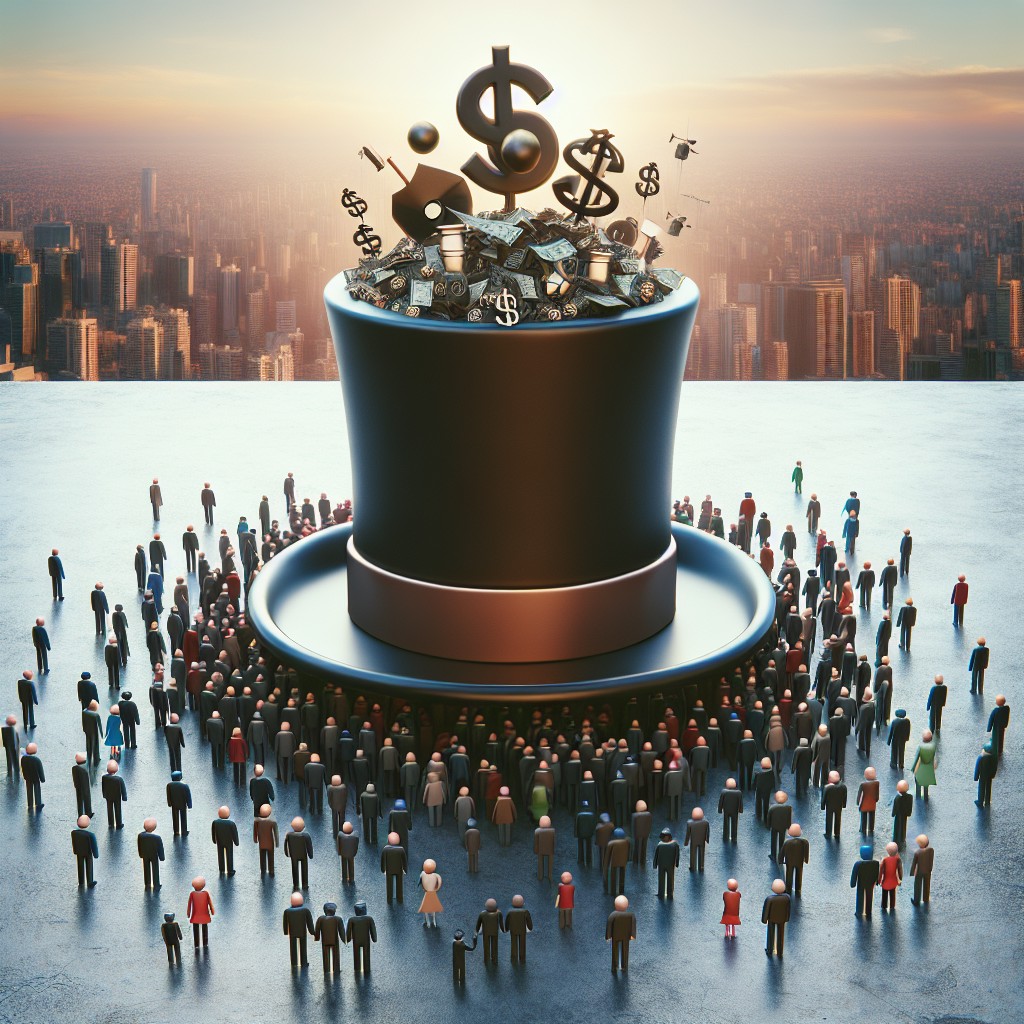1. What is “elite overproduction” or “elite inflation”?
The term elite overproduction (sometimes called elite inflation) describes a situation where society produces more people aspiring to elite status — for example, educated and ambitious individuals seeking high-level positions or influence — than there are actual openings within the elite itself (in politics, business, public administration, etc.).

The “elite” refers to those who hold or strive to hold positions of power and influence — political, economic, ideological, or intellectual.
When there are too many educated and ambitious people, and not all can be “absorbed” into the elite, a layer of frustrated and excluded aspirants emerges. In structural-demographic theory (SDT), this is seen as one of the main drivers of social instability.
2. Why can having “too many elites” create instability?
Competition within the elite The more people compete for a limited number of top positions, the fiercer the rivalry becomes among elites themselves — leading to divisions and internal conflicts.
Frustrated “failed” elite aspirants Those who expected to gain power or status but were shut out often become bitter and may join radical or anti-establishment movements.
Erosion of legitimacy When many people see that the path upward is blocked while the existing elite clings to its privileges, trust in the system declines.
Ideological polarization As elite groups compete for support, they may adopt increasingly extreme or opposing positions, further dividing society.
Administrative overload Too many elite aspirants can put pressure on state resources — more people demanding jobs, subsidies, or privileges — which undermines fiscal stability and governance quality.
3. Strengths and criticisms
Strengths
- Explains a visible phenomenon: many educated, ambitious people feeling “stuck.”
- Highlights that crises can be caused not only by the masses but also by elite rivalries themselves.
- Supported by historical parallels — such as the late Roman Empire, Chinese dynastic collapses, or European crises.
Weaknesses
- It’s hard to precisely define who counts as “elite” and how much “overproduction” there really is.
- The theory can sound overly deterministic — as if decline is inevitable and cyclical.
- Other scholars emphasize different causes: inequality, the shrinking middle class, institutional decay, or media polarization.
- Not every case of elite overproduction leads to crisis — strong institutions can sometimes absorb and adapt.
4. Does this apply to today’s Western world ?
We can see similar patterns: many university graduates with high ambitions unable to find jobs matching their skills. These “failed elite aspirants” may become critics of the political system, supporters of radicals, or simply a destabilizing force.
The key question is whether this phenomenon is widespread enough in Latvia and the West to become a systemic problem. It seems to grow dangerous when combined with other factors — economic inequality, fiscal strain, and public distrust in institutions.
Subscribe & Share now if you are building, operating, and investing in the digital infrastructure of tomorrow.
#Leadership #Society #Economics #Politics #SocialTrends #EliteOverproduction #FutureOfWork #Inequality #Latvia #CrowdedAtTheTop
https://www.linkedin.com/pulse/elite-cycle-andris-gailitis-pli0f
Leave a Reply